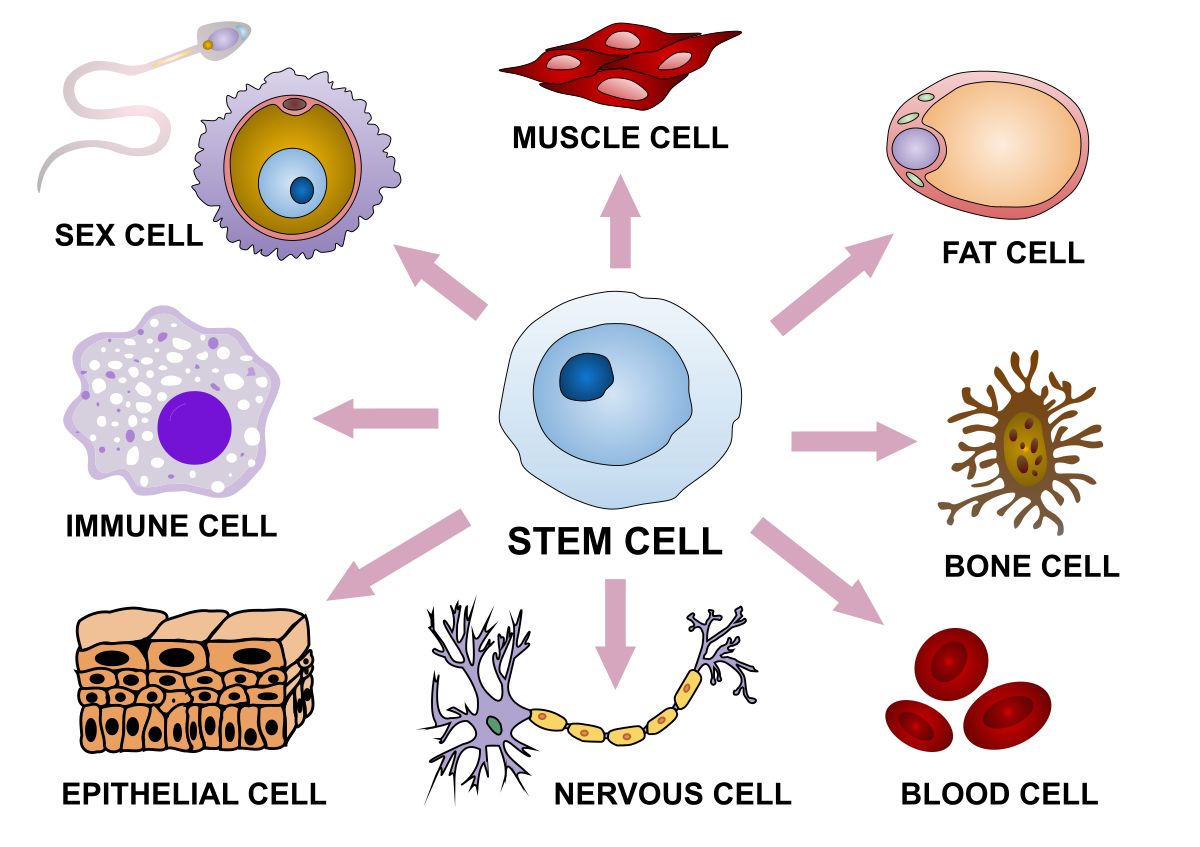New Reproductive Possibilities: Stem Cell Therapy and In Vitro Gametogenesis
Scientists are exploring a groundbreaking technique called “in vitro gametogenesis” that could potentially transform human reproduction. This method aims to create functional eggs and sperm from human skin cells. In theory, a man’s skin cell could be transformed into an egg, and a woman’s into a sperm, potentially leading to children with multiple genetically-related parents or only one.
While some experts believe that applying this technique to humans is still far in the future, scientists working with human stem cells are actively researching ways to overcome the challenges. Additionally, new biotechnology startups are working to commercialize this technology.

Understanding In Vitro Gametogenesis
In vitro gametogenesis starts with pluripotent stem cells, which can develop into various cell types. The goal is to coax these stem cells into becoming eggs or sperm. While early studies have shown promising results in animals, such as mice, the technology has not yet been successfully applied to humans. However, if it does become viable, it could have significant implications for assisted reproduction.
Current Legal and Ethical Considerations
The legal and regulatory frameworks in Australia do not currently address the use of in vitro-derived gametes. For example, existing guidelines for assisted reproduction do not cover this technology. If in vitro gametogenesis becomes viable in humans, these guidelines will need to be updated to address its use.
Potential Applications and Concerns
There are three main clinical applications of in vitro gametogenesis:
1. Streamlining IVF procedures by eliminating the need for egg retrieval through hormone injections and minor surgery.
2. Providing a solution for medical infertility, such as generating eggs for women with non-functioning ovaries.
3. Allowing same-sex couples to have children genetically related to both parents.
However, several legal, regulatory, and ethical issues need to be addressed:
1. Safety concerns and the need for rigorous monitoring and follow-up.
2. Equity in access to the technology, including considerations of public funding.
3. Questions about restricting access, particularly regarding older women and the potential need for surrogates.
4. Legal parentage issues, especially for children with more than two genetic parents.
5. Debates around “designer babies” and prenatal genetic selection.
Moving Forward
Given the profound implications of in vitro gametogenesis, it is essential to begin discussing its regulation and ethical considerations now. As science continues to advance rapidly, it is crucial to address these issues proactively before the technology becomes widely available.

